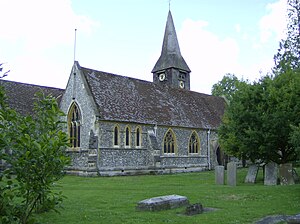What is this?
Trot along, to move onward at a pace slightly faster than walking speed. To be able to cover the distance from where the River Thames rises to where it flows into the North Sea in a months time you need to keep a steady trot.
Be part of Sydkusten Marathons October challenge and trot along the Thames Path. We’ll start on 1 October and we aim to reach the Thames Barriers in East London before Saturday, 31 October.
Connect with Strava to track your progress along the route. We’ll automatically collect all your activities and plot the progress on the map. So any walk, hike or run in Strava will count to the total distance.
Please see following video for a site walk through: https://youtu.be/xpDsMrD9gxQ
GDPR and your private data
When you connect this site with Strava we get your Strava athlete id and information on all your workouts. We only store the athlete id, your avatar, descriptions tagges with #thames and each workouts distance. This information is used to track your current position on the Thames path. If you like to end the challenge you can revoke our access to your Strava activities, see the following video on howto do that - https://youtu.be/1gwLJn7TCBo
When you revoke our access we’ll automatically delete you from our page.
Credit
Maps Icons Collection mapicons.mapsmarker.com target.




